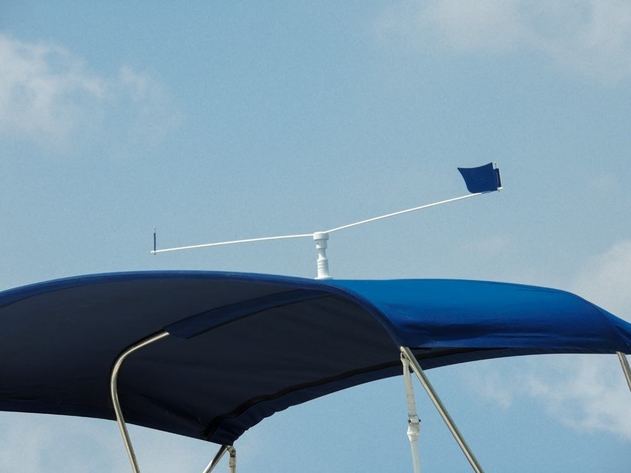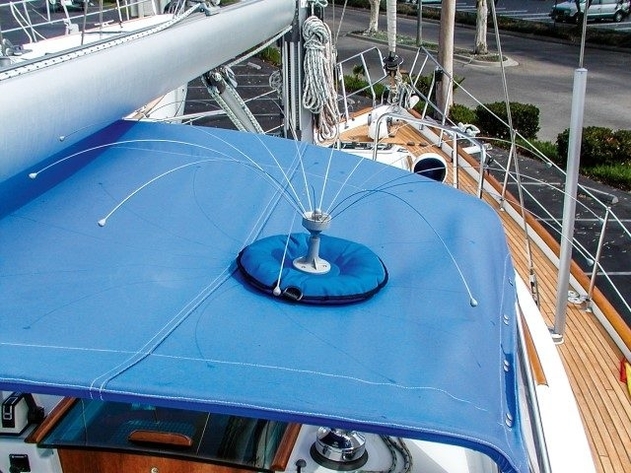The Ideal Bird Deterrents for Marinas and Boating
With only a few weeks of warm weather left this season, even a glimmer of sunlight, a gentle breeze, and calm waves draw boats, people, and some unwanted feathery friends along the marinas. Birds, like you and your friends and family, enjoy spending the day relaxing on the boat.
Masts, canvas covers, radars, and railings are great spots for these pals to catch their breath, make some friends, and plan their next meal. Despite the fact that all of this looks to be just a harmless few visits, birds can do significant damage to boats and marinas.
Types of Birds Deterrents

Birds can be scared away by a number of audio and visual repellents. Aluminium foil-enhanced devices, scare tape, and other reflective scare devices dissuade nuisance birds from entering your property by causing them to see or hear indicators of danger. Reflected light, abrupt action, sound, or the illusion of a natural threat or predator will dissuade birds from entering the property.
Audio and visual deterrents, when utilized effectively and in a suitable scenario for the place and species, can drive birds away for good. You can even choose to buy bird deterrent boat items that create spinning motions by wind action on the flags stored at the ends of the bars to stop gulls and shorebirds perching on the boat.
Physical Deterrents

By far the easiest and most obvious method to handle a bird problem is to use physical bird deterrents to discourage birds from roosting or breeding on your boat. Physical bird deterrents operate by preventing birds from accessing a certain area. This prevents them from landing, roosting, or nesting and pushes them to go on. The consequences of failing to solve a bird problem can result in property damage, expensive repairs, and cleaning fees.
Fortunately, there are several options for protecting your boat. One popular physical bird deterrents boat gadget is equipped with two propellers that extend sideways from its centre pivot. It does not require a power source or a battery to function, so you may install it without having to worry about wiring or other technical problems. The gadget attaches to any solid component of your boat and moves with the wind, deterring seagulls and other types of birds.
It will work even in a light breeze, so you can be confident that it will work even if you leave your boat unattended. The best part of this physical deterrent is that it does not harm the birds, it just scares them away. Larger pontoon boats can install two of these in opposing parts of their boat to give extra protection on all fronts.
The following gadget is a wind-powered rotating visual bird deterrent that efficiently drives birds away. The device’s finish combines sunlight and wind to create a diversion zone that confuses nuisance birds, leading them to escape. It is perfect for outdoor usage because of its weatherproof aluminium and plastic design. It has an angled neck that can be adjusted to a maximum of 90 degrees. The unit’s base features four screw holes, allowing it to be placed on rooftops, sidewalls, beneath eaves, and other surfaces.
Bird spikes are strips of blunt, harmless spikes that are used to thwart birds’ attempts to land. Spike strips are available in plastic or stainless steel and can be permanently or temporarily attached. Pigeon spikes are available in pieces of half a metre and are ready for installation.
Audio Deterrents
If the physical deterrents and decoys are ineffective, you can combine them with auditory deterrents. Audio deterrents keep birds away by providing disruptive noise to their behavioural pattern. Alarm/distress calls and terrifying noises are the two main types of audio bird deterrents.
Alarm calls warn nuisance birds that danger is nearby and that they must flee the area quickly. The second type of auditory deterrents are loud and unexpected noises, such as gunshots, clapping hands, dogs barking, children playing, or people laughing, which can scare birds away or startle them enough to leave the premises.
Birds can be frightened away by a range of noises, including predator sounds, other birds, and ultrasonic frequencies. There are various control gadgets available to sailors that emit these noises, but if you don’t want to irritate your neighbouring boats, an ultrasonic bird scarer for boats may be the ideal option, since these devices use frequencies that are unnoticeable to the human ear.
However, birds can adjust to repetitive and similar noises because they do not link danger with a familiar sound. However, if the noises and their arrangement are somewhat unpredictable, the actual deterrents will work well. An effective bird deterrence system uses 10-15 distinct sounds that can be used all year long. This has shown to be an extremely effective method of scaring birds away. If the birds become acclimated to the current noises, the library of sounds can be changed accordingly.
Visual Repellents
Visual bird deterrents are not always effective on their own and should only be used as a short-term fix. However, they are an excellent complement to other bird repelling strategies. In other cases, such as when nuisance birds are new to the region and easily scared, visual deterrents will be sufficient to keep your property bird-free.
Biochemical Repellents
Another method of repelling birds is to apply chemicals that cause discomfort or damage the neural systems of the birds, causing them to become averse to food. Such repellents’ active components include methyl anthranilate, anthraquinone, methiocarb, and others. As a result, you would have a lot of dead birds decomposing on your property. This practice is not recommended as it is inhumane and raises the possibility of poisoning the crew and contaminating the environment.
Fortunately, there is a far better bird repellent that won’t cause harm. Bird repellents like polybutene, as opposed to avicides, are intended to change the behaviour of birds, and not to murder them. This particular substance is a clear, sticky material that is used to keep seagulls from nesting or perching on your boat. When birds land on the repellent, they won’t like the sticky feeling which will cause them to leave and stop them from landing ever again.



